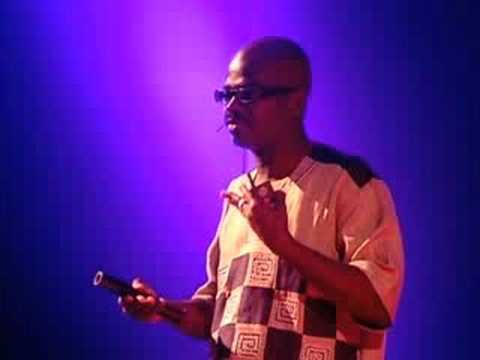In the thought-provoking TED Talk titled “Making a computer that works like the brain,” Kwabena Boahen introduces us to his revolutionary vision of creating a computer system that mimics the incredible efficiency and adaptability of the human brain. With a fascinating blend of neuroscience and technology, Boahen explores the limitations of conventional computers and highlights the astounding capabilities of the brain. By leveraging the brain’s parallel processing and distributed network, he presents a groundbreaking approach to computing that holds the potential for immense advancements. Join us on this captivating journey into the future of technology and its convergence with the remarkable intricacies of the human mind.
Decoding the Genius of the Human Brain
Kwabena Boahen takes us back to his teenage years in Accra when he first encountered a computer and became captivated by its capabilities. As he delved into the workings of the central processing unit (CPU) and explored the intricate dance of data between memory, RAM, and the arithmetic and logic unit (ALU), he began to question why computers, despite their tremendous speed, couldn’t match the brain’s efficiency.
The Brain vs. Computers: A Power Consumption Conundrum
Contrary to popular belief, the brain, with its network of neurons, achieves astounding computational power while consuming minimal energy. Boahen draws a striking comparison between the Blue Gene, the world’s fastest computer, which processes an immense amount of data but consumes a staggering amount of power, and the brain, which processes information at a similar scale with a mere 10 watts of energy. This revelation prompts Boahen to explore the key to the brain’s remarkable efficiency.
Paragraph 3: Unleashing the Brain’s Power: Parallel and Fluid Processing
The brain’s neural network operates in stark contrast to the rigid and sequential nature of conventional computers. Boahen highlights the brain’s parallel and fluid processing capabilities, where information flows through a vast network of interconnected neurons. In this dynamic system, data is represented by pulses traveling through different neurons, allowing for robust information processing and adaptation. By drawing parallels between the brain’s inherent design and the limitations of traditional computers, Boahen sets the stage for his revolutionary vision.
Toward Brain-like Computing: The Retina as Inspiration
Boahen shares his ongoing work in designing a computer that emulates the brain’s processing principles. He focuses on modeling the retina, the part of the brain that lines the inside of the eyeball and processes visual information. Rather than relying on traditional coding and algorithms, Boahen collaborates with neurobiologists to reverse-engineer the retina’s intricate network. Using silicon chips, they replicate the behavior of neurons and the interactions among them, resulting in a robust architecture that mimics the brain’s information processing.
Africa’s Unique Perspective in Technology
Boahen concludes by emphasizing the infusion of Africa’s unique perspective into the realm of technology. He believes that the diverse experiences and alternative viewpoints from Africa can shape the evolution of technology and lead to groundbreaking innovations. By challenging conventional thinking and embracing new possibilities, Boahen encourages us to dream big and explore untapped potential.

